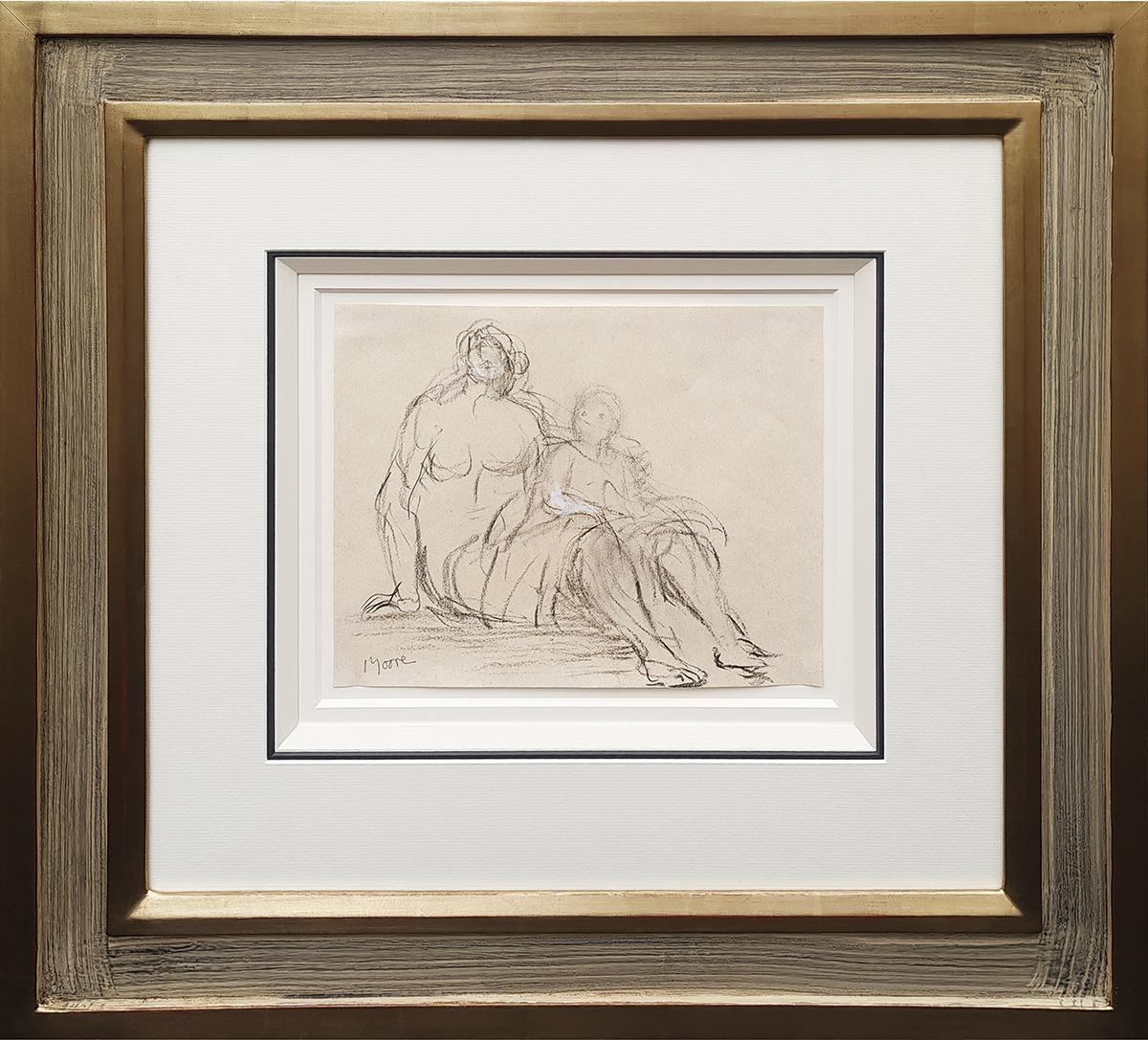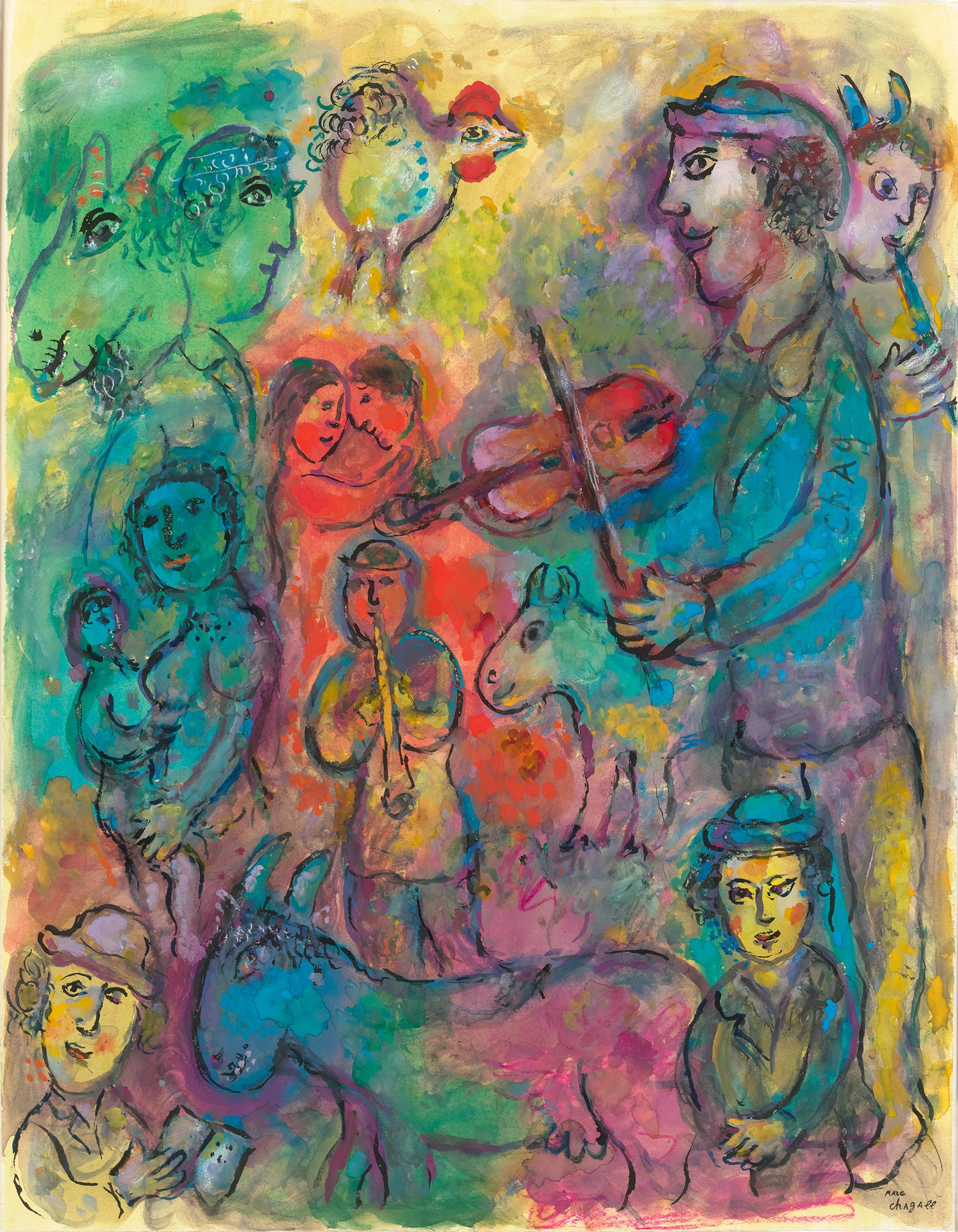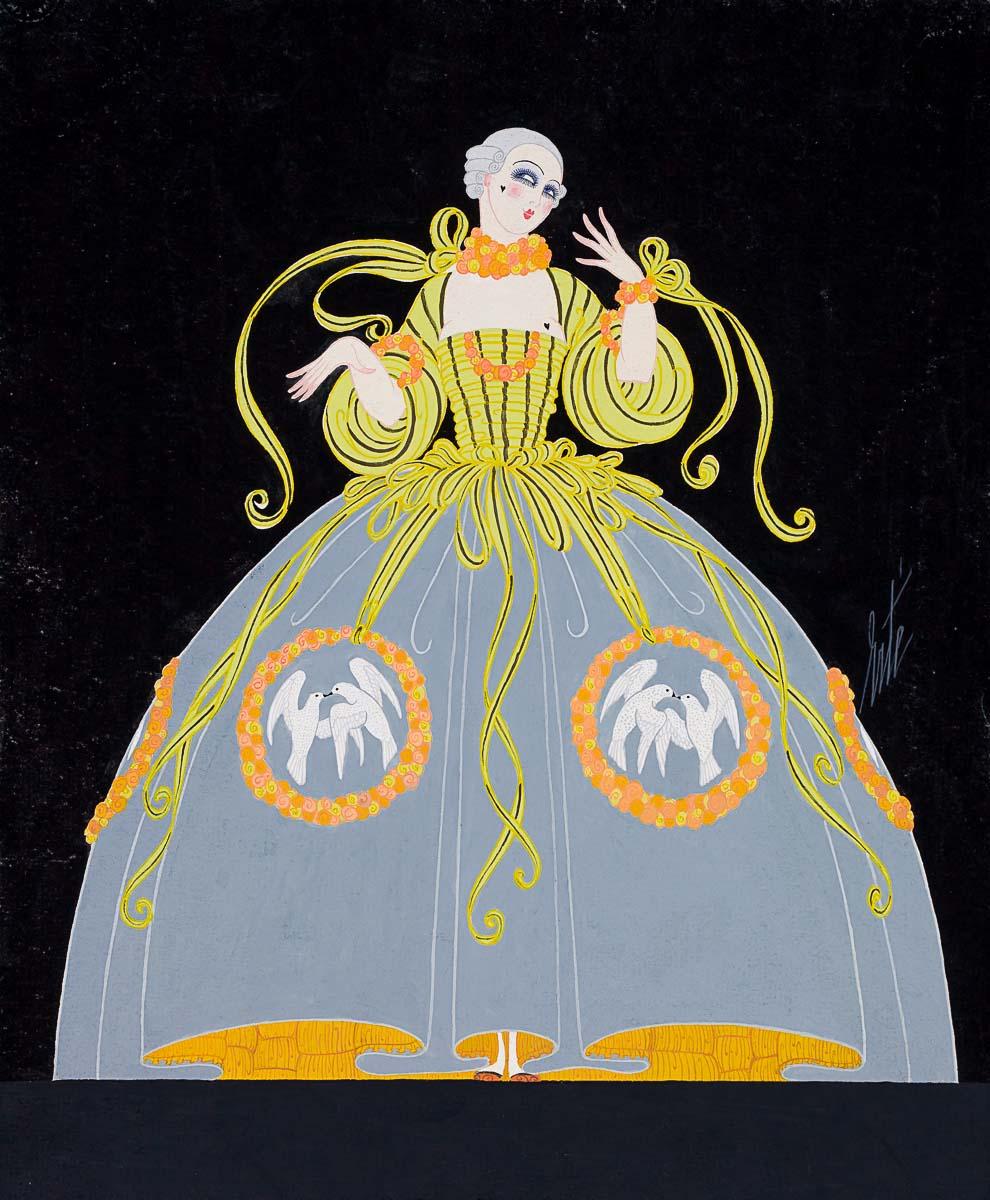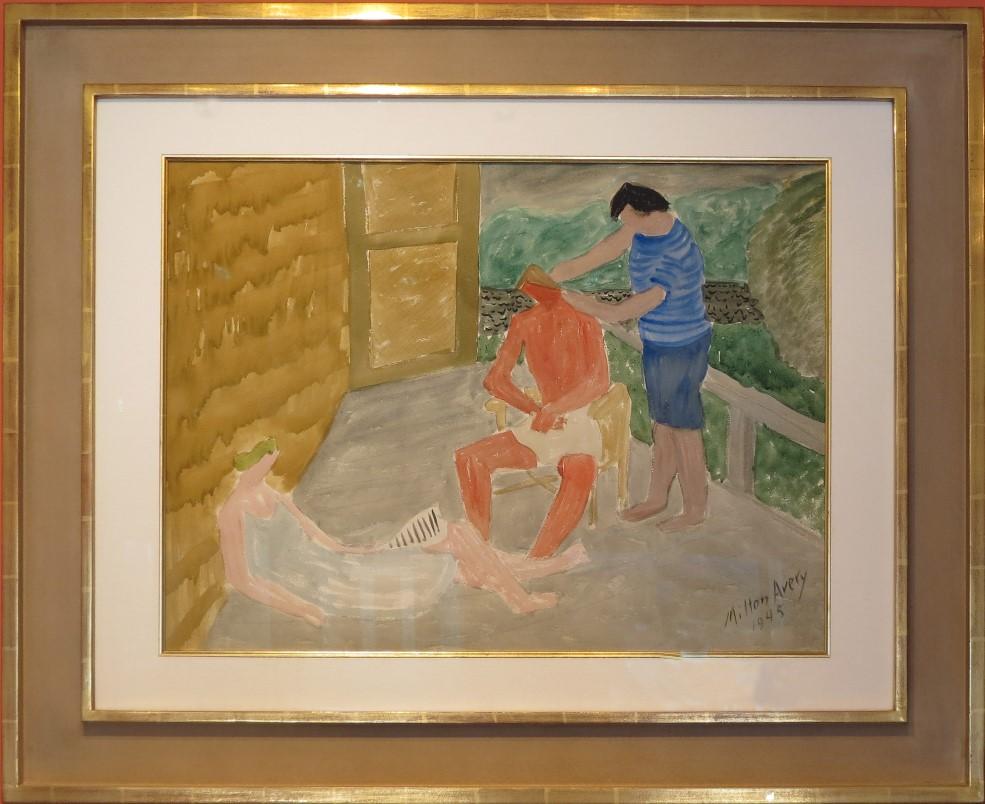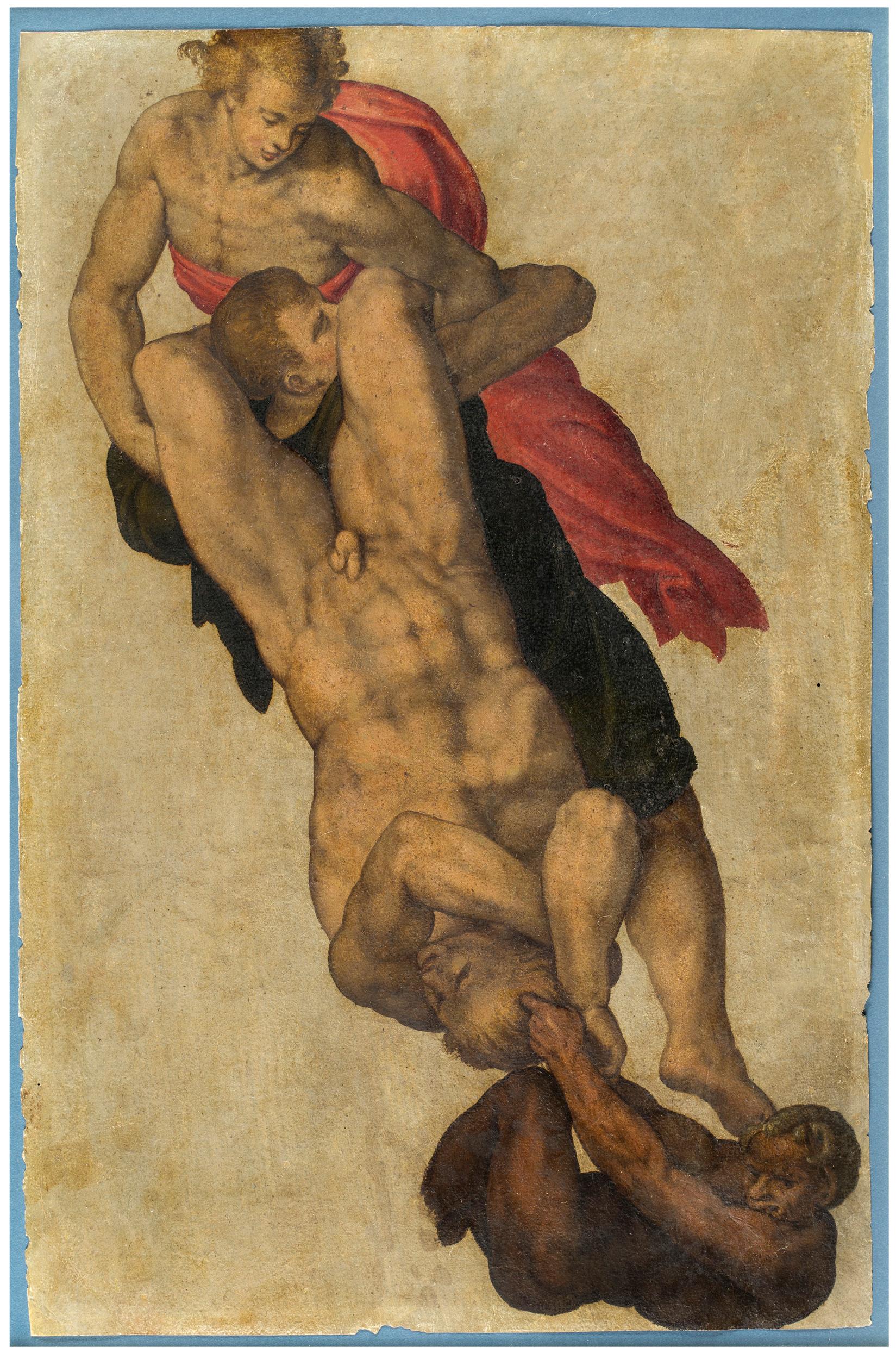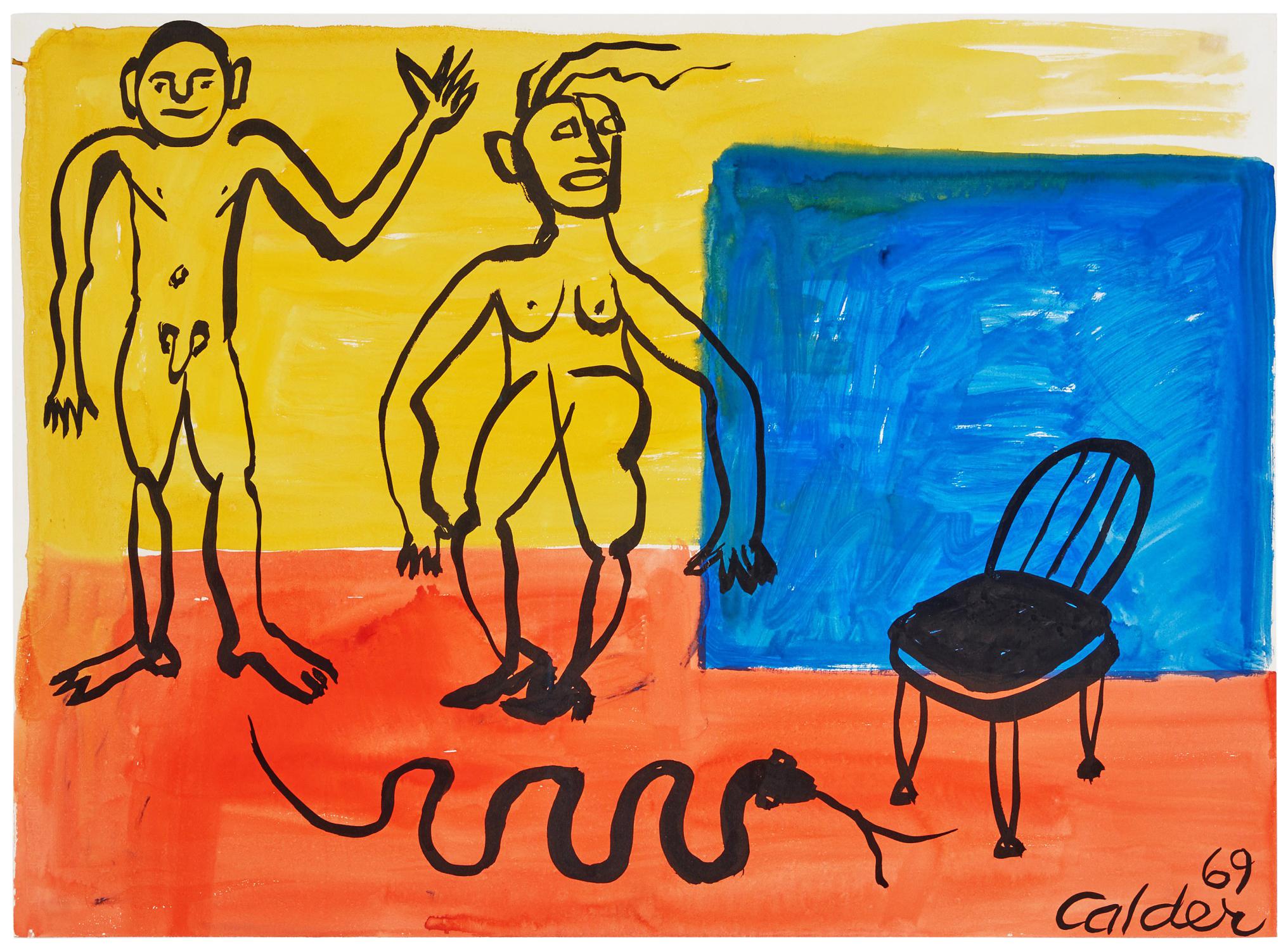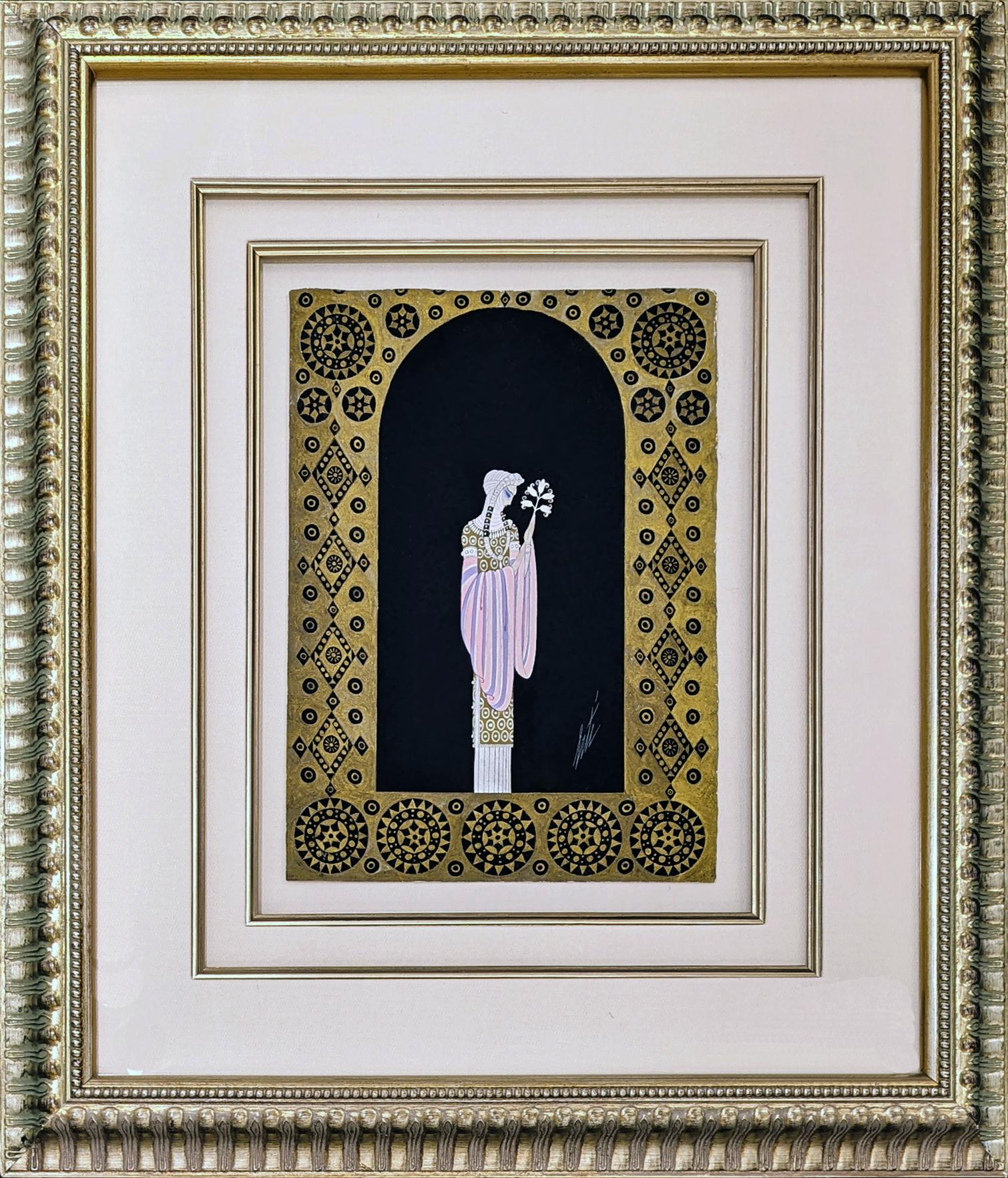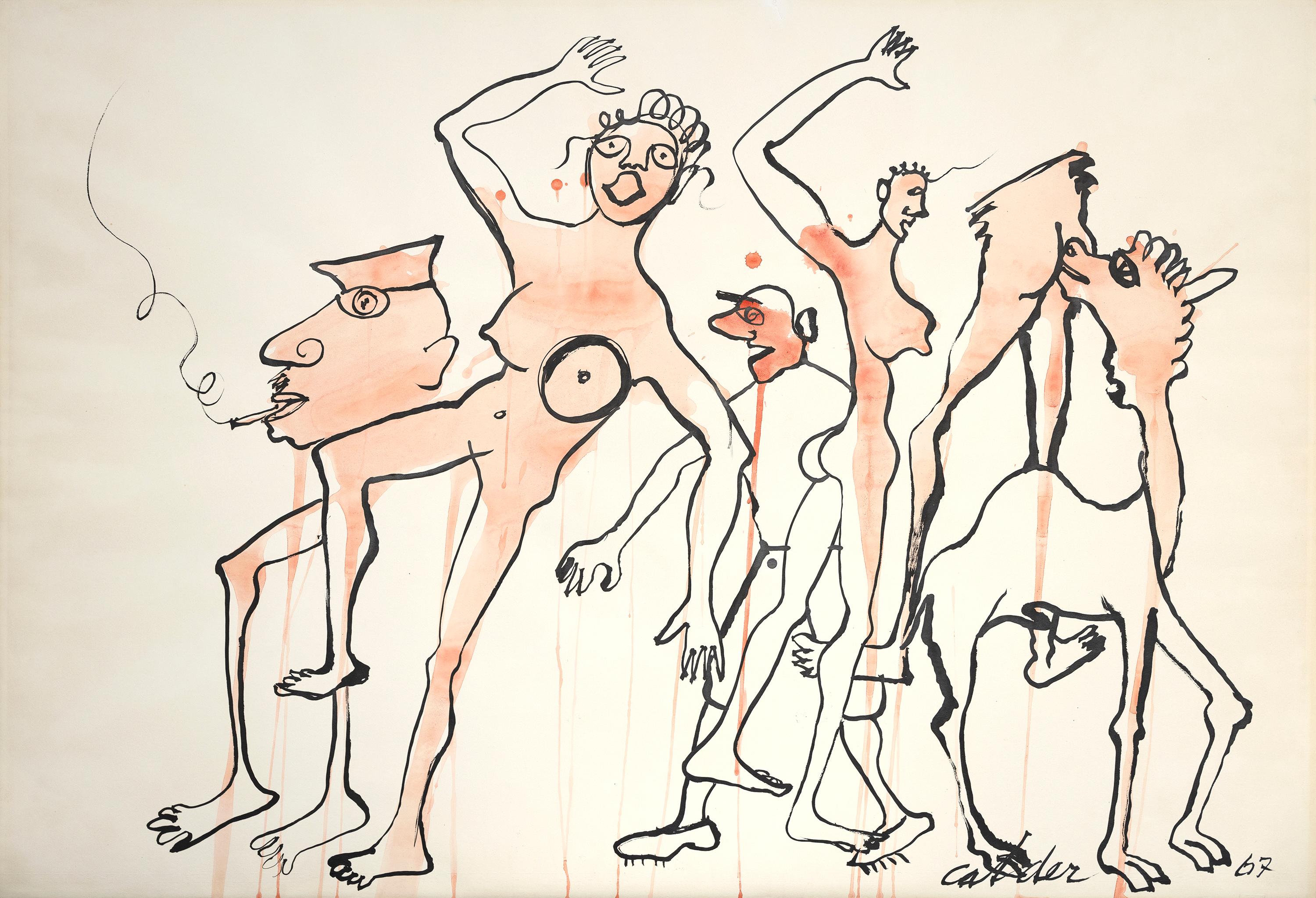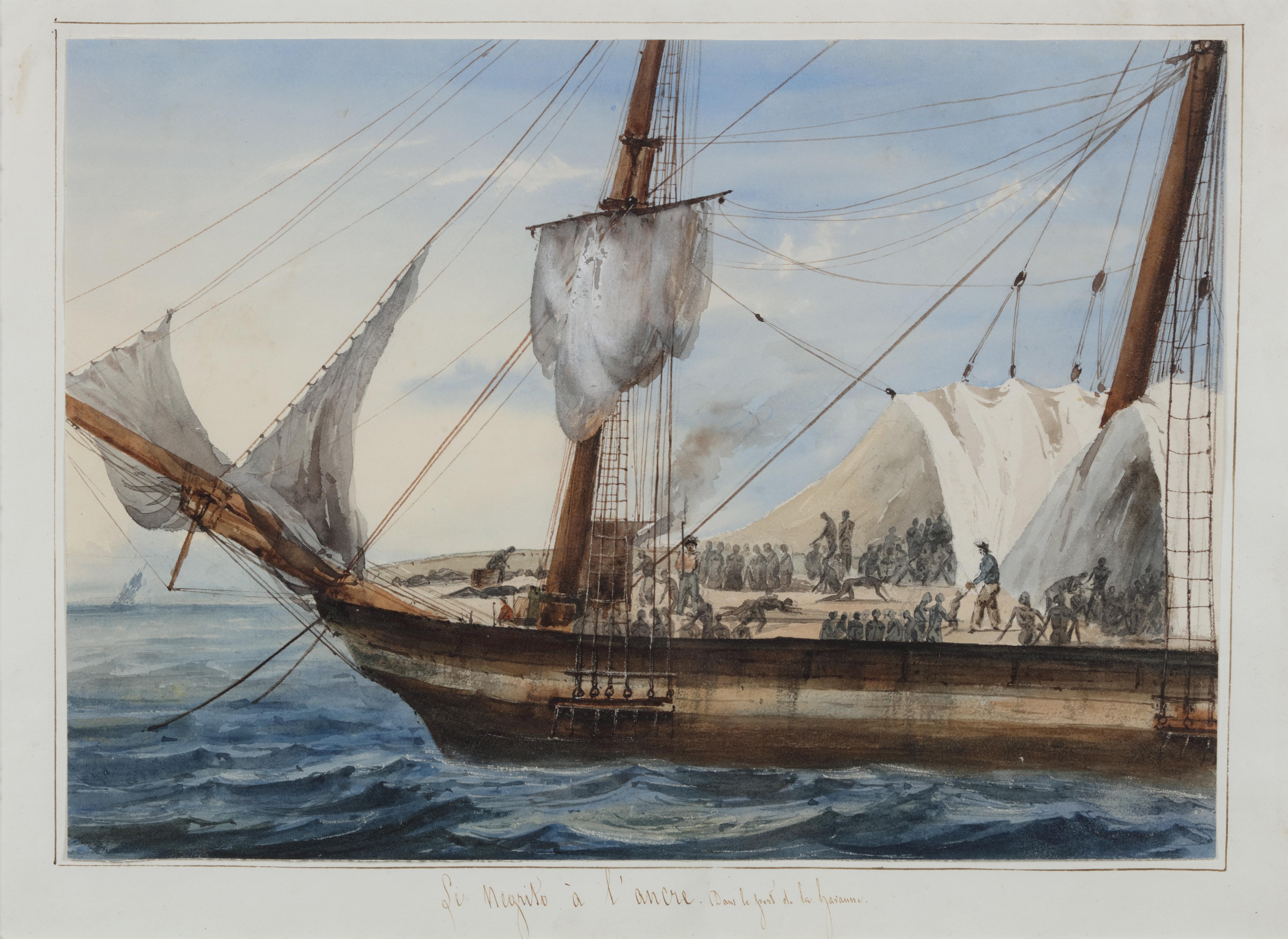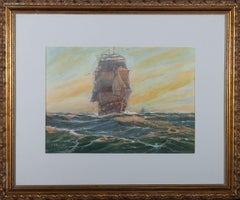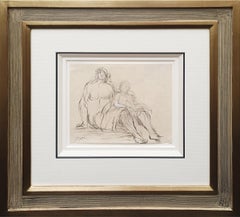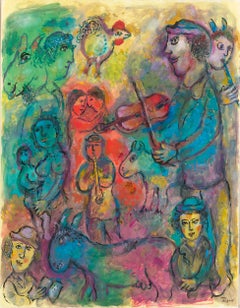
Framed 19th Century Gouache - Four Chinese Figure Studies on Pith Paper
View Similar Items
Want more images or videos?
Request additional images or videos from the seller
1 of 6
UnknownFramed 19th Century Gouache - Four Chinese Figure Studies on Pith PaperUnknown
Unknown
About the Item
- Creation Year:Unknown
- Dimensions:Height: 20.04 in (50.9 cm)Width: 5.91 in (15 cm)
- Medium:
- Period:
- Condition:The condition is typical for a picture of this age including some discolouration. There are some very small surface impact marks in the paper, two of which have punctured the substrate in the top picture. The top picture also has a 1.5cm tear.
- Gallery Location:Corsham, GB
- Reference Number:Seller: kk4151stDibs: LU88137960692
About the Seller
4.9
Platinum Seller
These expertly vetted sellers are 1stDibs' most experienced sellers and are rated highest by our customers.
Established in 2010
1stDibs seller since 2018
861 sales on 1stDibs
Typical response time: 5 hours
More From This SellerView All
- William Carlaw RSW (1847-1889) - Late 19th Century Gouache, FishermenLocated in Corsham, GBA fine gouache and watercolour painting by the artist William Carlaw RSW. The scene depicts a seascape with four fishermen handling a large net. The skilful application of colour and...Category
19th Century Figurative Drawings and Watercolors
MaterialsGouache
- Mid 20th Century Gouache - Beached BoatsLocated in Corsham, GBA coastal scene depicting rows of colourful beached boats with a pier in the distance. Presented in a beige mount and a blue painted wooden frame. On waterc...Category
20th Century Figurative Drawings and Watercolors
MaterialsGouache
- A.D. Bell (1884-1966) - 1937 Gouache, Clipper under Full SailLocated in Corsham, GBA view of a clipper at sea under full sail. Presented in a pale blue mount and a distressed gilt-effect wooden frame with an ornate outer edge. Signed and dated to the lower-left edg...Category
20th Century Figurative Drawings and Watercolors
MaterialsGouache
- Wilfred Knox (1884-1966) - Framed Gouache, All AloneLocated in Corsham, GBA view of a lone clipper traversing choppy seas. Newly mounted in a contemporary gilt frame. Inscribed verso with the artist's pseudonym A.D Bell. On paper.Category
Early 20th Century Figurative Drawings and Watercolors
MaterialsGouache
- Austin Taylor (1908-1992) - Framed Mid 20th Century Gouache, Reading by the FireLocated in Corsham, GBA charming gouache and watercolour scene showing a female in green, reading a book next to a glowing gas fueled fire. The artist's vibrant colours elevate the interior, and the intim...Category
Mid-20th Century Figurative Drawings and Watercolors
MaterialsGouache
- Judy Dewsbury - 20th Century Gouache, IllusionLocated in Corsham, GBA striking surrealist study depicting a dancer and a cyclist in a mirrored hall. Captured in gouache with ink markings. Signed to the lower right. Presented in a black wooden frame. ...Category
21st Century and Contemporary Figurative Drawings and Watercolors
MaterialsGouache
You May Also Like
- The Abduction of the Sabine Women , a Renaissance drawing by Biagio PupiniLocated in PARIS, FRThis vigorous drawing has long been attributed to Polidoro da Caravaggio: The Abduction of the Sabine Women is one of the scenes that Polidoro depicted between 1525 and 1527 on the façade of the Milesi Palazzo in Rome. However, the proximity to another drawing inspired by this same façade, kept at the Ecole des Beaux-Arts, and to other drawings inspired by Polidoro kept at the Musée du Louvre, leads us to propose an attribution to Biagio Pupini, a Bolognese artist whose life remains barely known, despite the abundant number of drawings attributed to him. 1. Biagio Pupini, a Bolognese artist in the light of the Roman Renaissance The early life of Biagio Pupini, an important figure of the first half of the Cinquecento in Bologna - Vasari mentions him several times - is still poorly known. Neither his date of birth (probably around 1490-1495) nor his training are known. He is said to have been a pupil of Francesco Francia (1450 - 1517) and his name appears for the first time in 1511 in a contract with the painter Bagnacavallo (c. 1484 - 1542) for the frescoes of a church in Faenza. He then collaborated with Girolamo da Carpi, at San Michele in Bosco and at the villa of Belriguardo. He must have gone to Rome for the first time with Bagnacavallo between 1511 and 1519. There he discovered the art of Raphael, with whom he might have worked, and that of Polidoro da Caravaggio. This first visit, and those that followed, were the occasion for an intense study of ancient and modern art, as illustrated by his abundant graphic production. Polidoro da Caravaggio had a particular influence on the technique adopted by Pupini. Executed on coloured paper, his drawings generally combine pen, brown ink and wash with abundant highlights of white gouache, as in the drawing presented here. 2. The Abduction of the Sabine Women Our drawing is an adaptation of a fresco painted between 1525 and 1527 by Polidoro da Caravaggio on the façade of the Milesi Palace in Rome. These painted façades were very famous from the moment they were painted and inspired many artists during their stay in Rome. These frescoes are now very deteriorated and difficult to see, as the palace is in a rather narrow street. The episode of the abduction of the Sabine women (which appears in the centre of the photo above) is a historical theme that goes back to the origins of Rome and is recounted both by Titus Livius (Ab Urbe condita I,13), by Ovid (Fasti III, 199-228) and by Plutarch (II, Romulus 14-19). After killing his twin brother Romus, Romulus populates the city of Rome by opening it up to refugees and brigands and finds himself with an excess of men. Because of their reputation, none of the inhabitants of the neighbouring cities want to give them their daughters in marriage. The Romans then decide to invite their Sabine neighbours to a great feast during which they slaughter the Sabines and kidnap their daughters. The engraving made by Giovanni Battista Gallestruzzi (1618 - 1677) around 1656-1658 gives us a good understanding of the Polidoro fresco, allowing us to see how Biagio Pupini reworked the scene to extract this dynamic group. With a remarkable economy of means, Biagio Pupini takes over the left-hand side of the fresco and depicts in a very dense space two main groups, each consisting of a Roman and a Sabine, completed by a group of three soldiers in the background (which seems to differ quite significantly from Polidoro's composition). The balance of the drawing is based on a very strongly structured composition. The drawing is organised around a median vertical axis, which runs along both the elbow of the kidnapped Sabine on the left and the foot of her captor, and the two main diagonals, reinforced by four secondary diagonals. This diamond-shaped structure creates an extremely dynamic space, in which centripetal movements (the legs of the Sabine on the right, the arm of the soldier on the back at the top right) and centrifugal movements (the arm of the kidnapper on the left and the legs of the Sabine he is carrying away, the arm of the Sabine on the right) oppose each other, giving the drawing the appearance of a whirlpool around a central point of support situated slightly to the left of the navel of the kidnapper on the right. 3. Polidoro da Caravaggio, and the decorations of Roman palaces Polidoro da Caravaggio was a paradoxical artist who entered Raphael's (1483 - 1520) workshop at a very young age, when he oversaw the Lodges in the Vatican. Most of his Roman work, which was the peak of his career, has disappeared, as he specialised in facade painting, and yet these paintings, which are eminently visible in urban spaces, have influenced generations of artists who copied them abundantly during their visits to Rome. Polidoro Caldara was born in Caravaggio around 1495-1500 (the birthplace of Michelangelo Merisi, known as Caravaggio, who was born there in 1571), some forty kilometres east of Milan. According to Vasari, he arrived as a mason on the Vatican's construction site and joined Raphael's workshop around 1517 (at the age of eighteen according to Vasari). This integration would have allowed Polidoro to work not only on the frescoes of the Lodges, but also on some of the frescoes of the Chambers, as well as on the flat of Cardinal Bibiena in the Vatican. After Raphael's death in 1520, Polidoro worked first with Perin del Vaga before joining forces with Maturino of Florence (1490 - 1528), whom he had also known in Raphael's workshop. Together they specialised in the painting of palace façades. They were to produce some forty façades decorated with grisaille paintings imitating antique bas-reliefs. The Sack of Rome in 1527, during which his friend Maturino was killed, led Polidoro to flee first to Naples (where he had already stayed in 1523), then to Messina. It was while he was preparing his return to the peninsula that he was murdered by one of his assistants, Tonno Calabrese, in 1543. In his Vite, Vasari celebrated Polidoro as the greatest façade decorator of his time, noting that "there is no flat, palace, garden or villa in Rome that does not contain a work by Polidoro". Polidoro's facade decorations, most of which have disappeared as they were displayed in the open air, constitute the most important lost chapter of Roman art of the Cinquecento. The few surviving drawings of the painter can, however, give an idea of the original appearance of his murals and show that he was an artist of remarkable and highly original genius. 4. The façade of the Milesi Palace Giovanni Antonio Milesi, who commissioned this palace, located not far from the Tiber, north of Piazza Navona, was a native of the Bergamo area, like Polidoro, with whom he maintained close friendly ties. Executed in the last years before the Sack of Rome, around 1526-1527, the decoration of Palazzo Milesi is considered Polidoro's greatest decorative success. An engraving by Ernesto Maccari made at the end of the nineteenth century allows us to understand the general balance of this façade, which was still well preserved at the time. The frescoes were not entirely monochrome, but alternated elements in chiaroscuro simulating marble bas-reliefs and those in ochre simulating bronze and gold vases...Category
16th Century Old Masters Figurative Drawings and Watercolors
MaterialsInk, Gouache, Pen
- Seated Mother and Child, 1 (executed 1982)By Henry MooreLocated in Belgravia, London, LondonCharcoal and gouache on paper Paper size: 9x 11.5 inches Framed size: 23.5 x 25.75 inches Signed lower right Provenance: Raymond Spencer Co.; Galerie Dominion, Montreal, 1982; Dr Max Stern, Montreal, 1982; Leslie Sacks Fine Art, Los Angeles; Purchased by Haynes Fine Art...Category
20th Century Abstract Abstract Drawings and Watercolors
MaterialsPaper, Charcoal, Gouache
- Musiciens Sur Fond Multicolore By Marc ChagallBy Marc ChagallLocated in New Orleans, LAMarc Chagall 1887-1985 Russian Musiciens sur fond multicolore (Musicians on a multicolored background) Signed 'Chag' (on the sleeve of the right figure); stamped with the signature 'Marc Chagall' (lower right) Tempera, gouache, colored ink and India ink and pastel on paper “The fact that I made use of cows, milkmaids, roosters and provincial Russian architecture as my source forms is because they are part of the environment from which I spring and which undoubtedly left the deepest impression on my visual memory of the experiences I have." - Marc Chagall Marc Chagall’s 1981...Category
20th Century Post-Impressionist Figurative Drawings and Watercolors
MaterialsPaper, Pastel, Ink, India Ink, Tempera, Gouache
- Place de la Concorde by Jean Dufy - Mixed media on paper, Parisian sceneBy Jean DufyLocated in London, GB*UK BUYERS WILL PAY AN ADDITIONAL 5% IMPORT DUTY ON TOP OF THE ABOVE PRICE Place de la Concorde by Jean Dufy (1888-1964) Gouache and watercolour on paper 48.6 x 63.2 cm (19 ¹/₈ x 24 ⁷/₈ inches) Signed lower right, Jean Dufy Executed circa 1955 This work is accompagnied by a certificate of authenticity signed by Jacques Bailly and will be included in the forthcoming Catalogue Raisonné vol.3 currently being prepared by Jacques Bailly. Provenance: Private collection, France Artist biography: Born into a large family in the busy port-city of La Havre in northern France, Jean Dufy was the younger brother of the Fauvist painter Raoul Dufy. In order to please his accountant father, Jean was...Category
1950s Modern Figurative Drawings and Watercolors
MaterialsPaper, Watercolor, Gouache
- Manon (Deuxième Tableau, #7), 1920By ErtéLocated in Greenwich, CTErté first met the legendary beauty Ganna Walska in 1920 when she contacted him about creating designs for her nascent opera career. He created many desig...Category
1920s Art Deco Drawings and Watercolor Paintings
MaterialsGouache, Paper
- "Country Haircut"By Milton AveryLocated in Lambertville, NJJim’s of Lambertville Fine Art Gallery is proud to offer this piece by Milton Avery (1885 – 1965). Milton Avery was a prominent Modernist painter whose work combined abstraction and...Category
1940s American Modern Figurative Drawings and Watercolors
MaterialsWatercolor, Gouache, Paper

